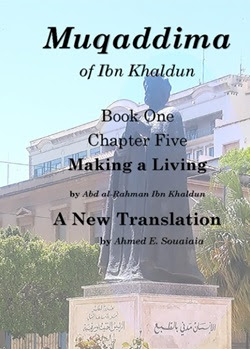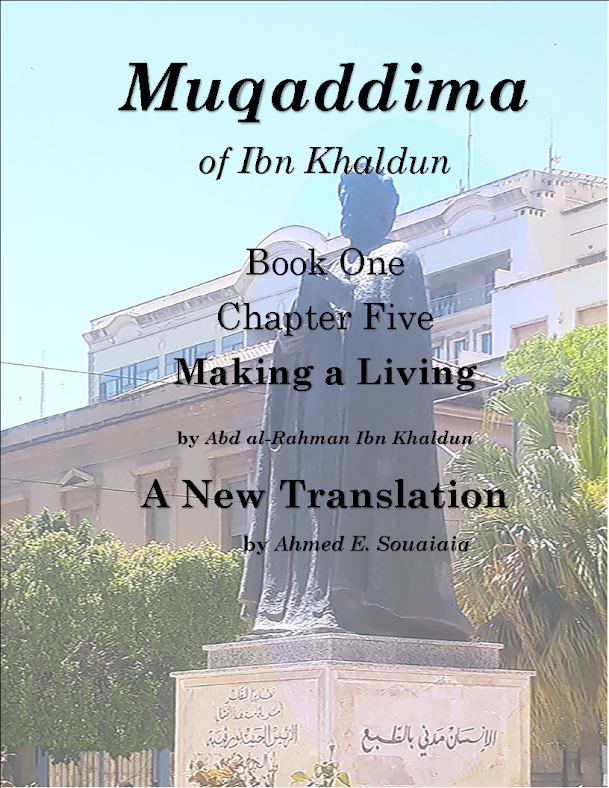More criticism of Saudi Arabia after at least 717 people died and 863 were injured in a stampede near the holy city of Mecca on Thursday.
As the custodians of the holy mosques of Mecca and Medina, Saudi Arabia has long taken responsibility for overseeing the hajj—and those repeated tragedies have raised questions about the Saudi state’s ability to manage this vast annual influx of people. As more and more Muslims around the world have been able to afford to make the trip, the number of pilgrims has swelled to more than two million, including more than a million who visit from abroad.
But the sheer numbers alone do not explain the repeated catastrophes at the hajj. Experts say that Saudi-directed development in and around Mecca—including massive hotels, malls, and luxury housing—have done little to ease the problems of crowding during the hajj, while the authorities have ignored safety concerns raised by urban planners.
“The scale of this and the frequency of these sorts of things stand at odds with the amount of money that the Saudis pump into managing and ordering the hajj,” says Toby Craig Jones, a historian at Rutgers University who studies Saudi Arabia. “This is a highly sophisticated, regimented system”—and a rich one, given Saudi Arabia’s status as one of the world’s biggest oil producers.
“They have not sought to make the space usable by large numbers of people,” says Jones. “They’ve crammed it with hotels and real estate development. They’ve made it very difficult to have the hajj be a safe experience for people.”
Source
































